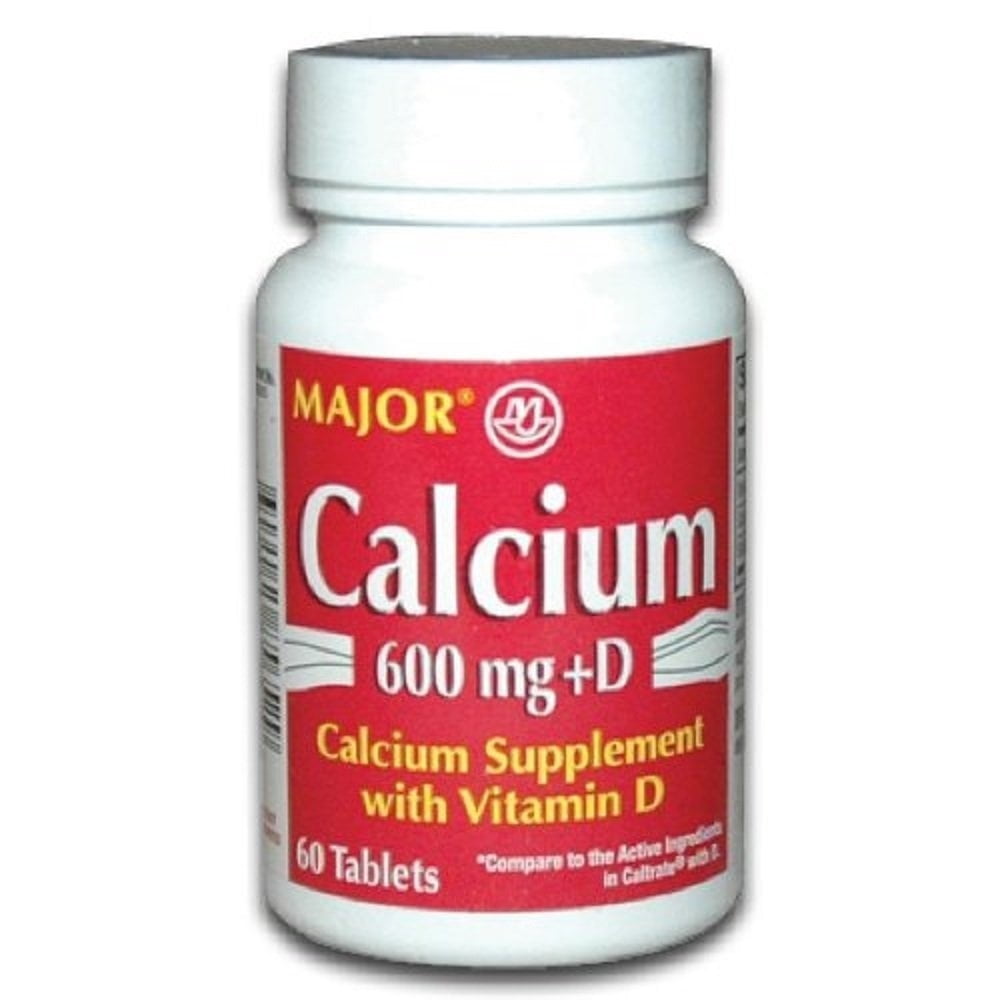

No significant associations were found between calcium, vitamin D, or combined calcium and vitamin D supplements and the incidence of nonvertebral, vertebral, or total fractures. There was no significant association of combined calcium and vitamin D with hip fracture compared with placebo or no treatment (RR, 1.09 ARD, 0.00 ). There was no significant association of calcium or vitamin D with risk of hip fracture compared with placebo or no treatment (calcium: RR, 1.53 ARD, 0.01 vitamin D: RR, 1.21 ARD, 0.00. Results A total of 33 randomized trials involving 51 145 participants fulfilled the inclusion criteria. Secondary outcomes were nonvertebral fracture, vertebral fracture, and total fracture. Main Outcomes and Measures Hip fracture was defined as the primary outcome. A meta-analysis was performed to calculate risk ratios (RRs), absolute risk differences (ARDs), and 95% CIs using random-effects models.


Study Selection Randomized clinical trials comparing calcium, vitamin D, or combined calcium and vitamin D supplements with a placebo or no treatment for fracture incidence in community-dwelling adults older than 50 years.ĭata Extraction and Synthesis Two independent reviewers performed the data extraction and assessed study quality. The primary randomized clinical trials included in systematic reviews or meta-analyses were identified, and an additional search for recently published randomized trials was performed from July 16, 2012, to July 16, 2017. Objective To investigate whether calcium, vitamin D, or combined calcium and vitamin D supplements are associated with a lower fracture incidence in community-dwelling older adults.ĭata Sources The PubMed, Cochrane library, and EMBASE databases were systematically searched from the inception dates to December 24, 2016, using the keywords calcium, vitamin D, and fracture to identify systematic reviews or meta-analyses. Previous studies have reached mixed conclusions regarding the association between calcium, vitamin D, or combined calcium and vitamin D supplements and fracture incidence in older adults. Importance The increased social and economic burdens for osteoporosis-related fractures worldwide make the prevention of such injuries a major public health goal. Shared Decision Making and Communication.Scientific Discovery and the Future of Medicine.Health Care Economics, Insurance, Payment.Clinical Implications of Basic Neuroscience.Challenges in Clinical Electrocardiography.


 0 kommentar(er)
0 kommentar(er)
